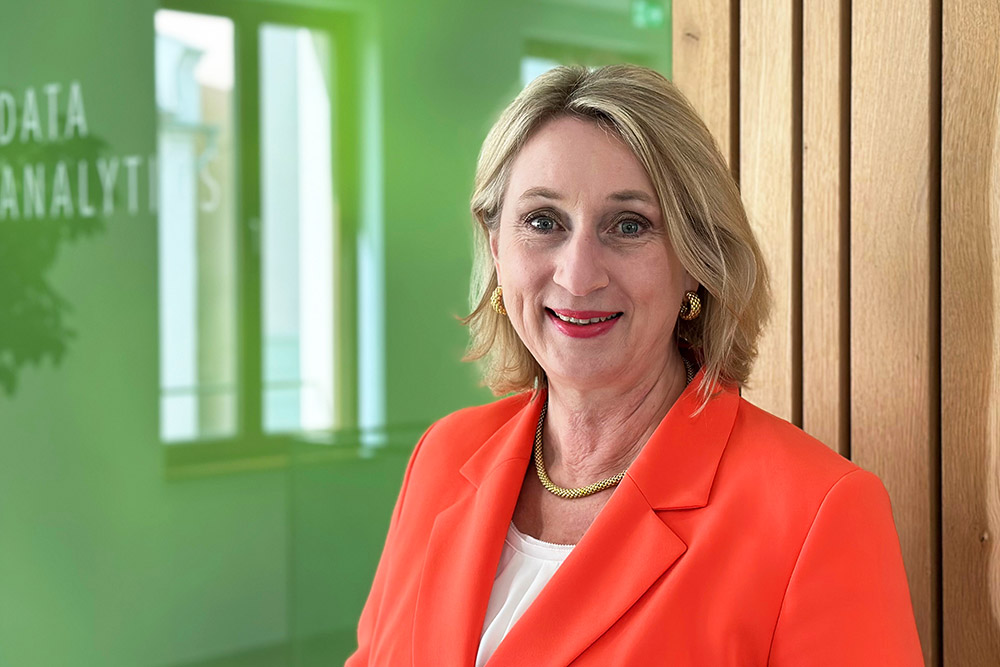
Prof. Dr. Diane Ahrens
Supply Chain Management, Planning & Design Sourcing Strategies, Procurement Logistics Operations Management, Distribution Logistics Corporate Strategic Planning Simulations Corporate Strategy International Management, International Value Chains
Professor
consulting time
Mondays, 1.30-2.30 p.m. (A205). Pls schedule an appointment per e-mail.
Vita
Prof. Dr. Diane Ahrens is professor for international management at Deggendorf Institute of Technology, Germany since 2009. In 2012 she founded and actually leads a 50-person research team specialized on supply chain management, data analytics and artificial intelligence applications, as well as smart region projects. In close collaboration with several Bavarian ministries she initiated and develops three “smart villages”, living labs. She teaches courses in procurement, supply chain, and process management as well as international management, can look back on teaching and research stays in China, India, Russia, Hungary, and Australia, and is a frequently invited key note speaker in Germany and abroad. She studied Business Administration and Economics at Passau University, Germany and in China. After having received her PhD about sequencing and scheduling at University of Passau in 1999, she started her professional career with Siemens AG, Corporate Department Global Supply Chain and Procurement with worldwide responsibility for logistics projects and standards. In 2003, she was appointed professor of international and logistics Management at Hof University of Applied Sciences.